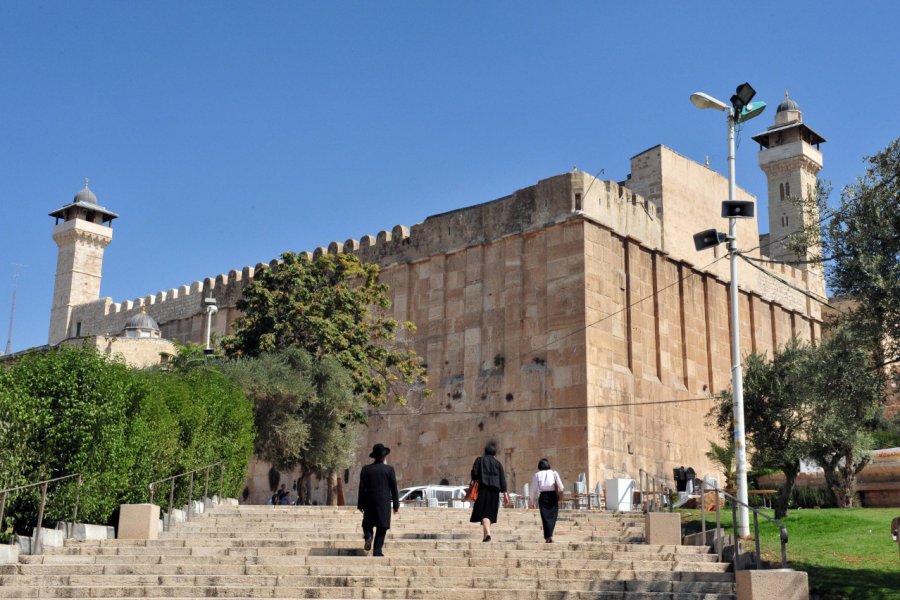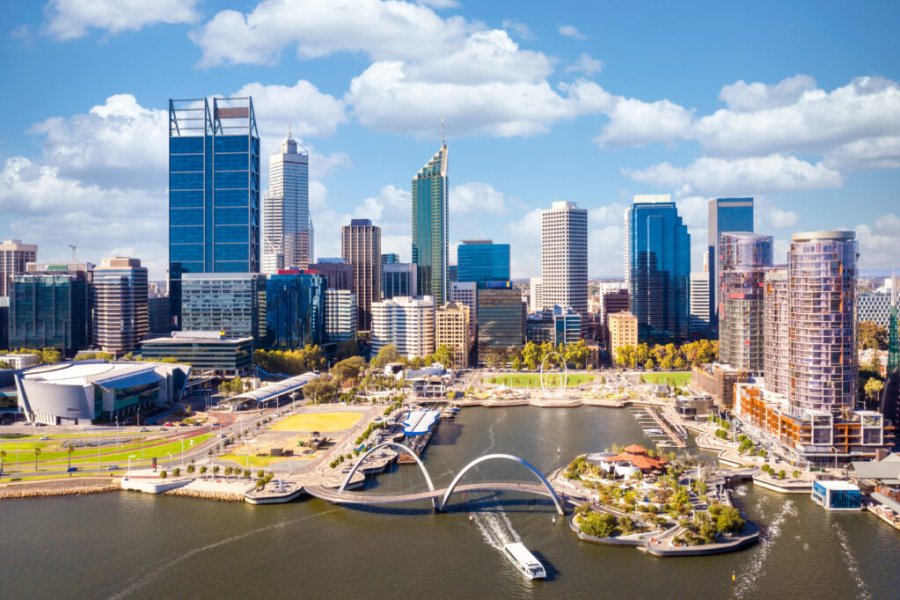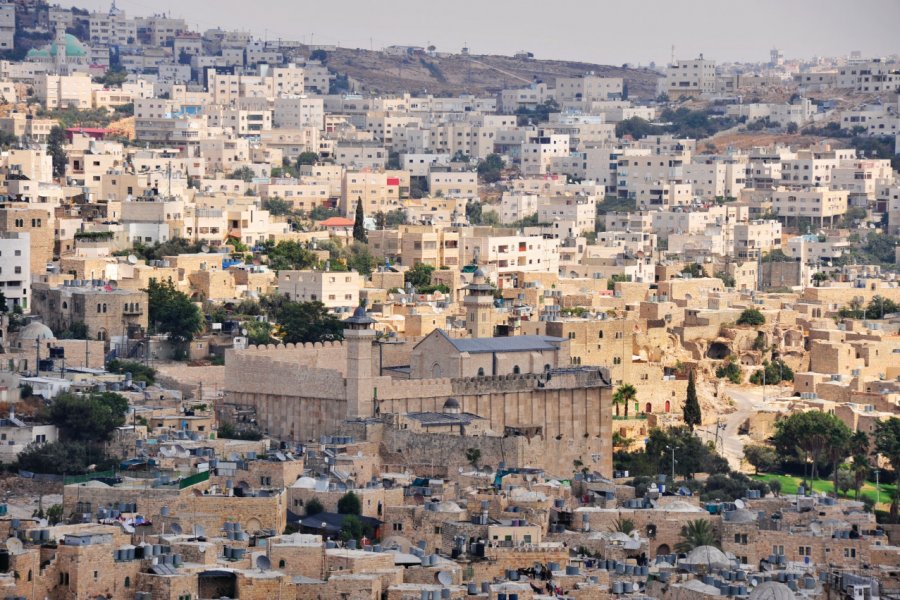Travel Guide Hébron
Find an accommodation
Advertising
Hebron currently has a population of just over 215,000, making it the largest city in the West Bank. Among this Palestinian population are some 800 Jewish settlers, who have been illegally installed since the aftermath of the Six-Day War. Since 1997 and the Hebron Protocol, 80% of the city has been under the control of the Palestinian Authority (zone H1) and 20% under Israeli control (zone H2, which includes the Old City, its surroundings and the Tomb of the Patriarchs). It is at the heart of the violence and hatred that have fuelled the Israeli-Palestinian conflict for so long... and, unfortunately, the prospects for improvement are not yet in sight. Given the ongoing tensions, which have been exacerbated in recent years, tourists are advised not to go there.Considered one of the oldest cities in the world, it is known as the guardian of the Tomb of the Patriarchs, a major holy site for all three monotheistic religions, but also a source of much conflict between Jews and Palestinians. In addition to the Old City, with its remarkable architecture dating from the Mamluk (13th-16th centuries) and Ottoman (17th-19th centuries) eras, the city boasts three university centers with some 25,000 students: the University of Hebron, the Polytechnic University of Palestine and an annex of the Al-Quds Open University.Following Israel's conquest of the West Bank in 1967, a small group of extremist Jewish clerics settled on the outskirts of Hebron, in the settlement of Kiryat Arba, and then in the city center in the late 1970s. Since then, some twenty settlements have sprung up around Hebron, and the most radical settlers have moved back into the old Jewish quarter of Hebron, around the Tomb of the Patriarchs, where they live under heavy protection from the Israeli army. Only Palestinians living in the quarter are now allowed to cross. Jews are forbidden to enter the Arab quarter.Hebron has never really healed its wounds since the massacre perpetrated by Baruch Goldestein, a Jewish settler, in the Tomb of the Patriarchs mosque in 1994 (29 Palestinians killed, 125 wounded). Since then, terrorist acts and assassinations have occurred regularly on both sides. Religious extremism is particularly strong in Hebron, whether it's extremist Jewish settlers or the Islamists of Hamas or the Palestinian Islamic Jihad, as are fratricidal wars between political and religious clans. Fatah's authority here is very limited, and clan families wage war against each other more than elsewhere.International organizations have little influence or mediation capacity in the city: a "Temporary International Presence", the TIPH, was set up by the Hebron Protocol in 1997 to report exactions on all sides. But in 2019, Benjamin Netanyahu decided to abolish this international mandate in Hebron. In 2017, another diplomatic incident crystallizes around the city, as UNESCO inscribes the Old City and the Tomb of the Patriarchs on the World Heritage List and on the list of "sites in danger". The Israeli government sees this as a provocation, and withdraws from UNESCO in protest.Violence continues, as does colonization, supported by the Netanyahu government since 2020. Hebron, Palestine, the factory of occupation, a documentary film by two Israeli filmmakers, Idit Avrahami and Noam Sheizaf, shows, through the testimonies of IDF soldiers, the mechanics of colonization in Hebron and the army practices that have been tested in the city, before being applied elsewhere since the early 2020s, in other West Bank towns: separation of populations, exclusive and reserved roads, night-time harassment, facial recognition files...etc.
What to visit Hébron?
Advertising
Suggested addresses Hébron
Weather at the moment
Advertising
Organize your trip with our partners Hébron
Transportation
Book your plane tickets
Car Rental
Boat rental
Accommodation & stays
Find a hotel
Holiday rental
Find your campsite
Tailor-made trip
Immersion travel
Services / On site
Activities & visits
Find a doctor





